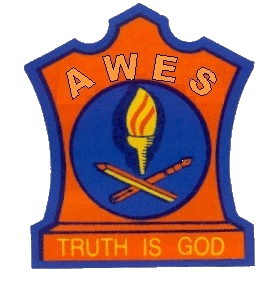Yearly Status Report
Part A: Institutional Data - Extended Profile Deviations
Part B : Metric Profile Deviations
Criterion I – Curricular Aspects
Criterion II -Teaching-Learning And Evaluation
Criterion III – Resource Mobilization For Research

